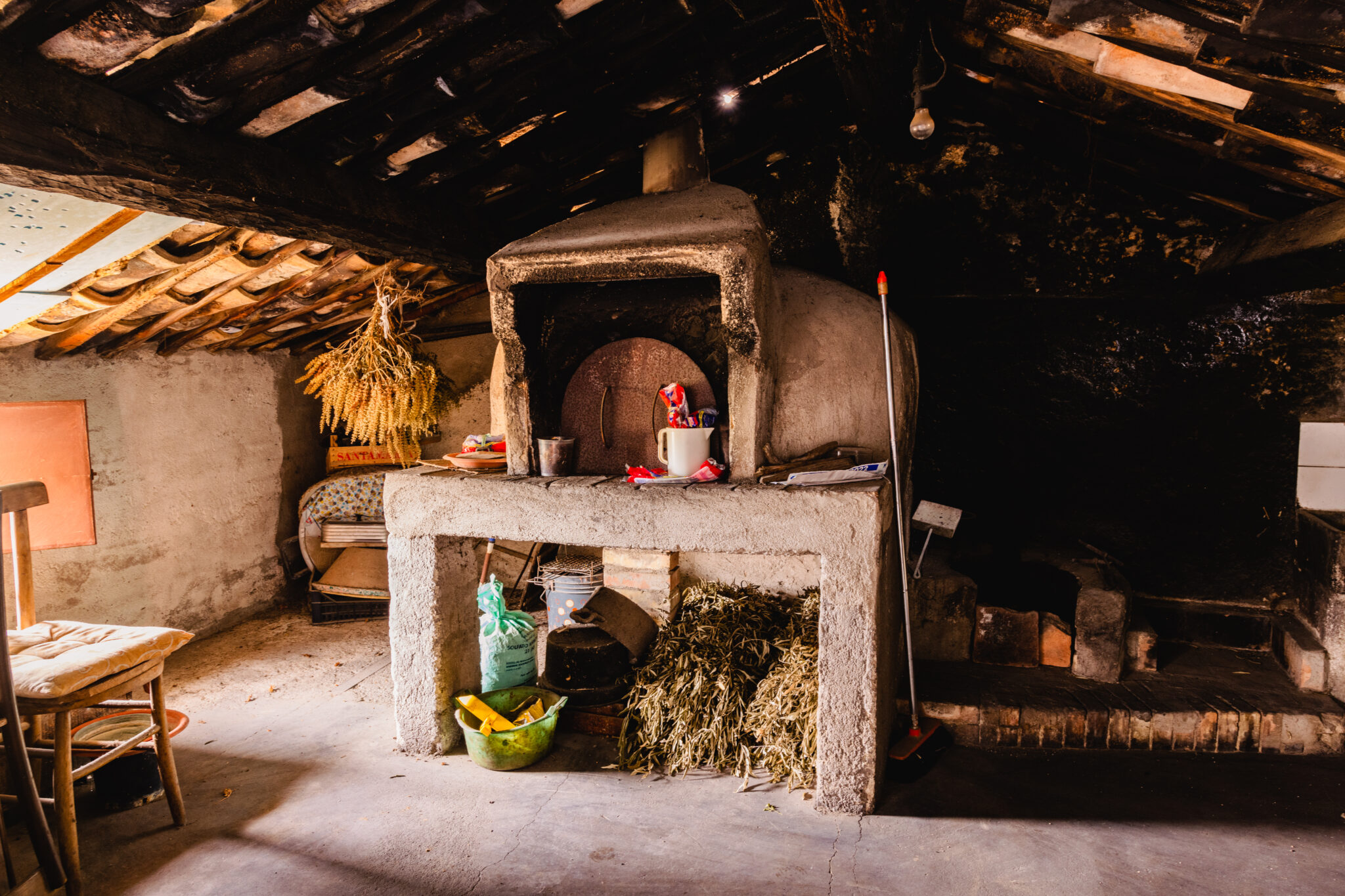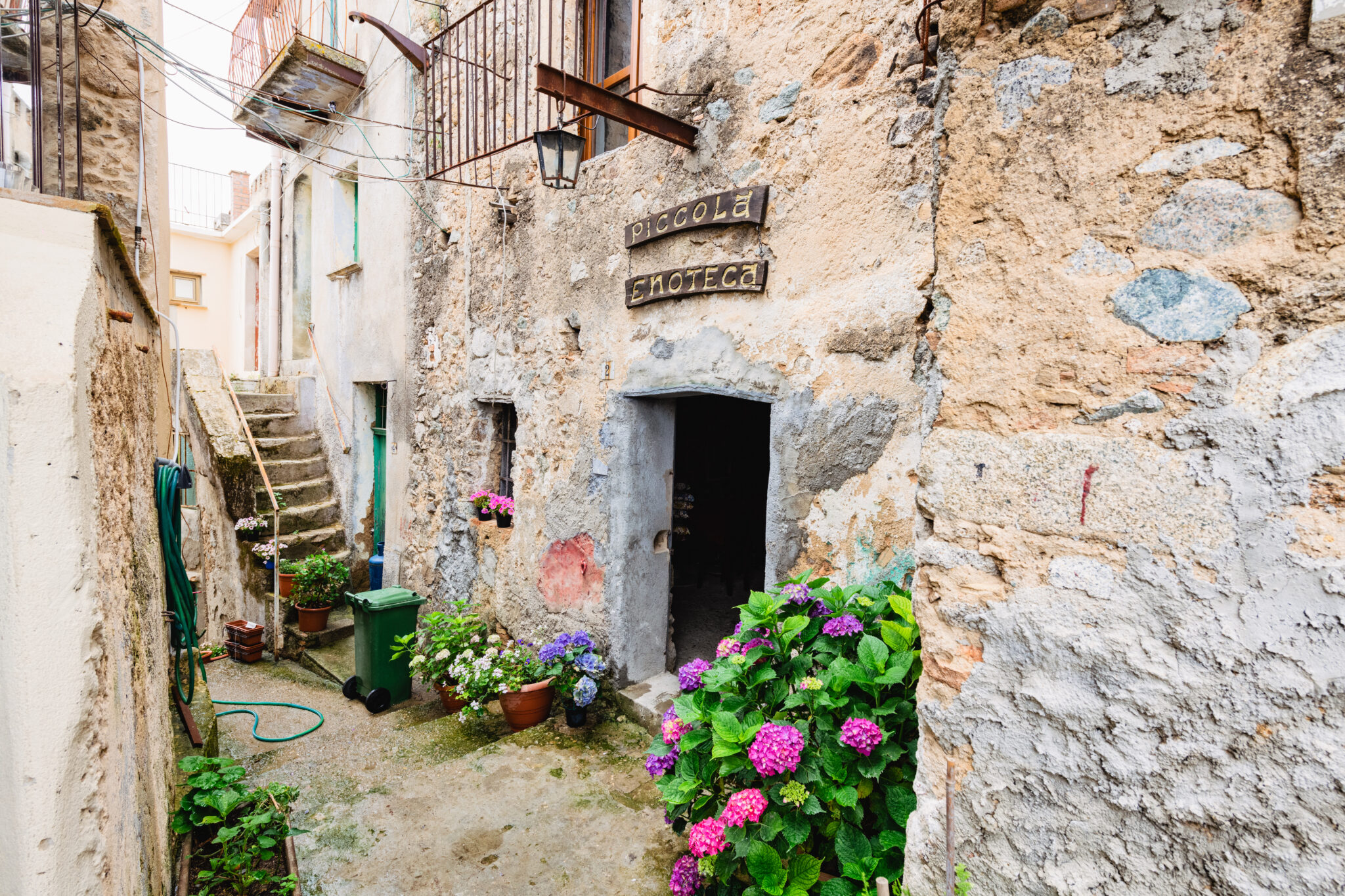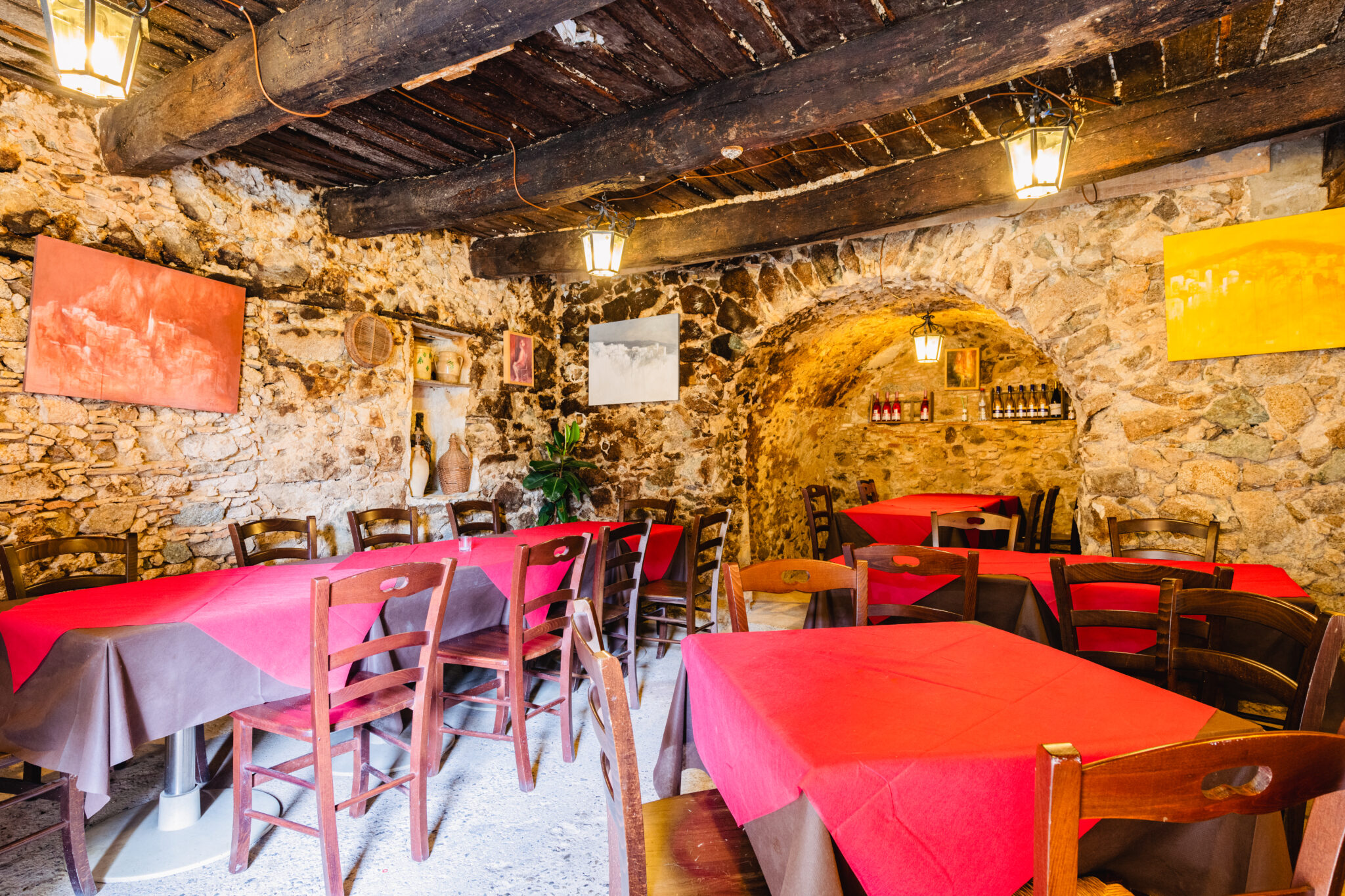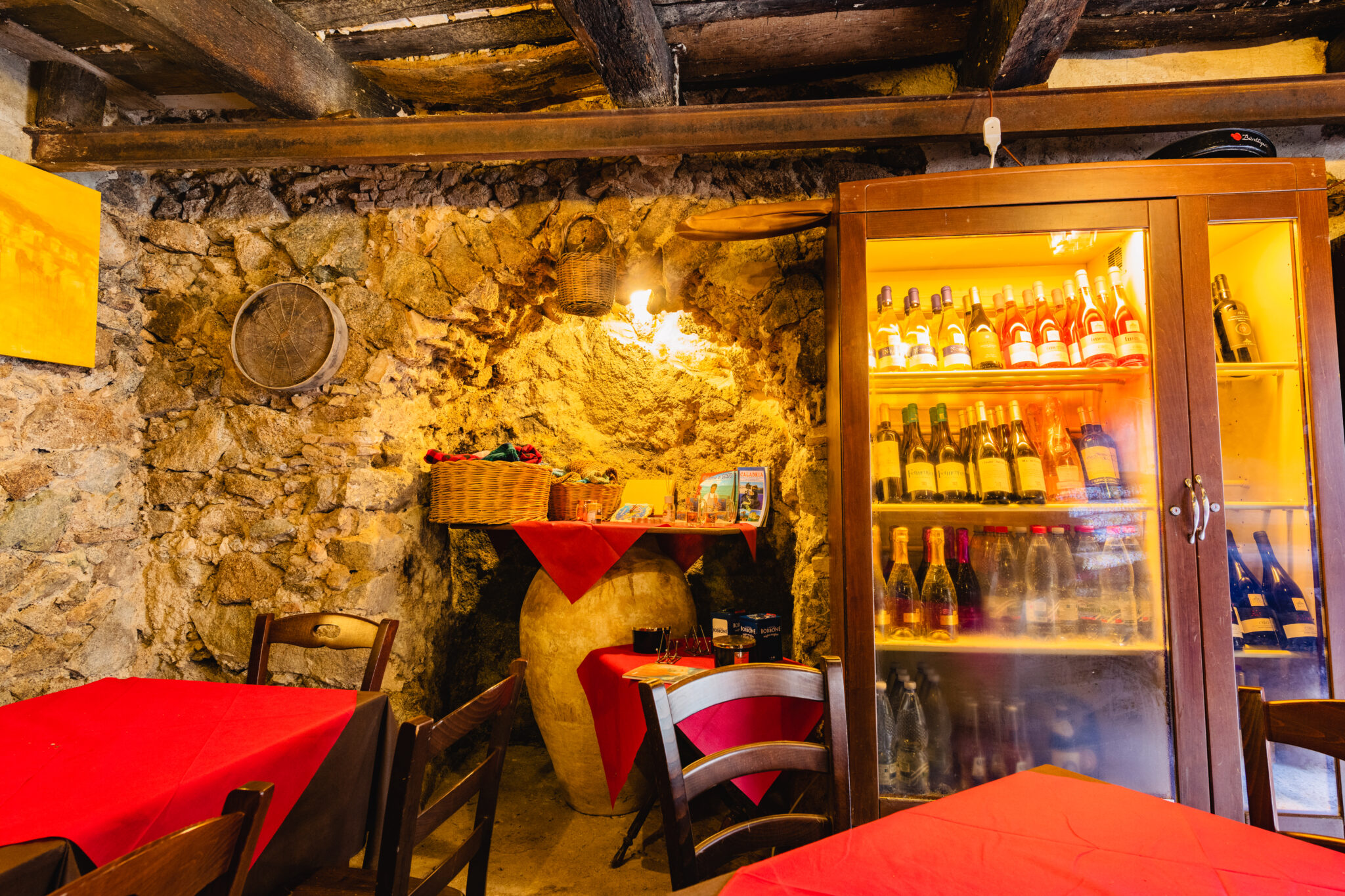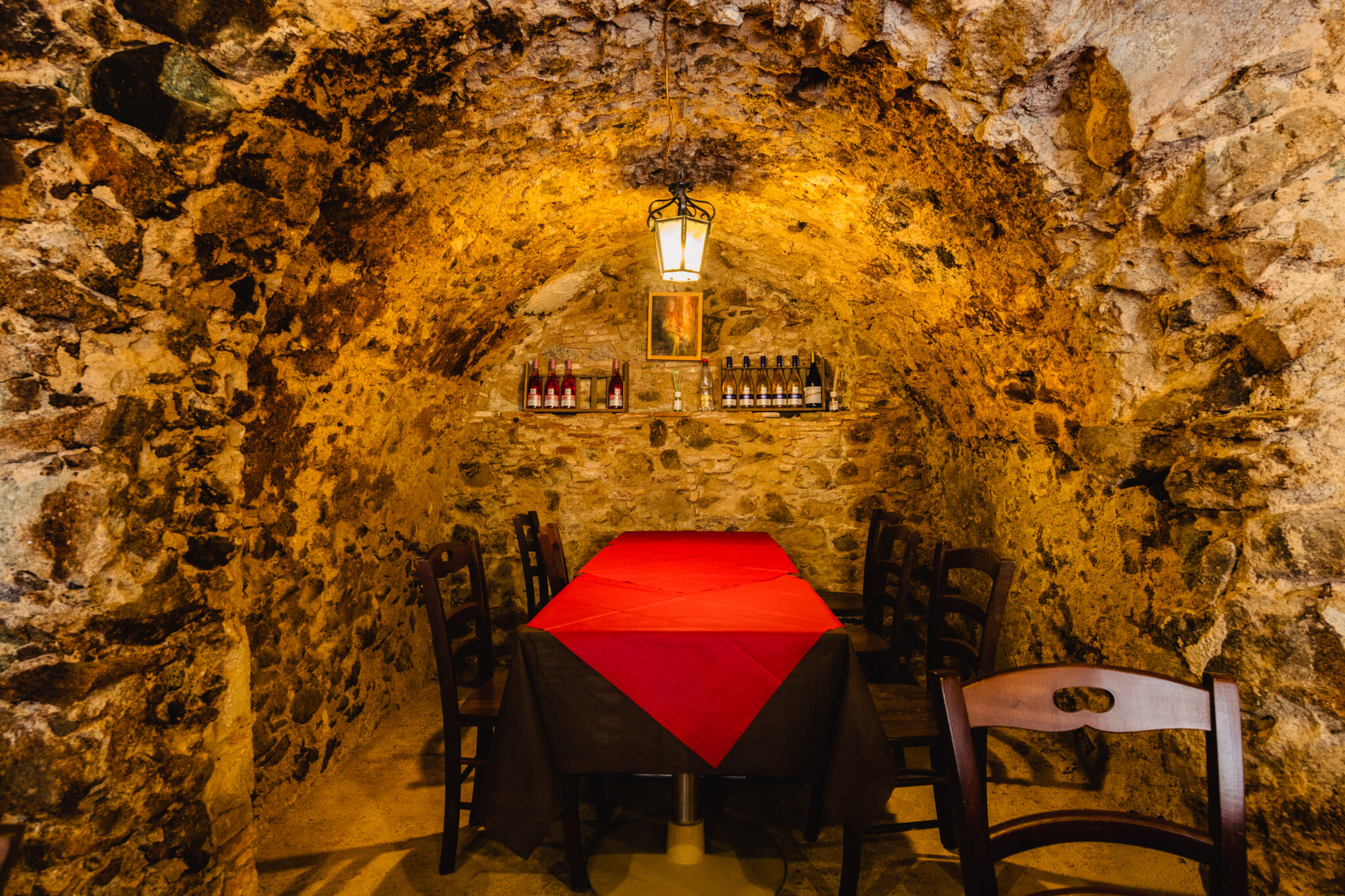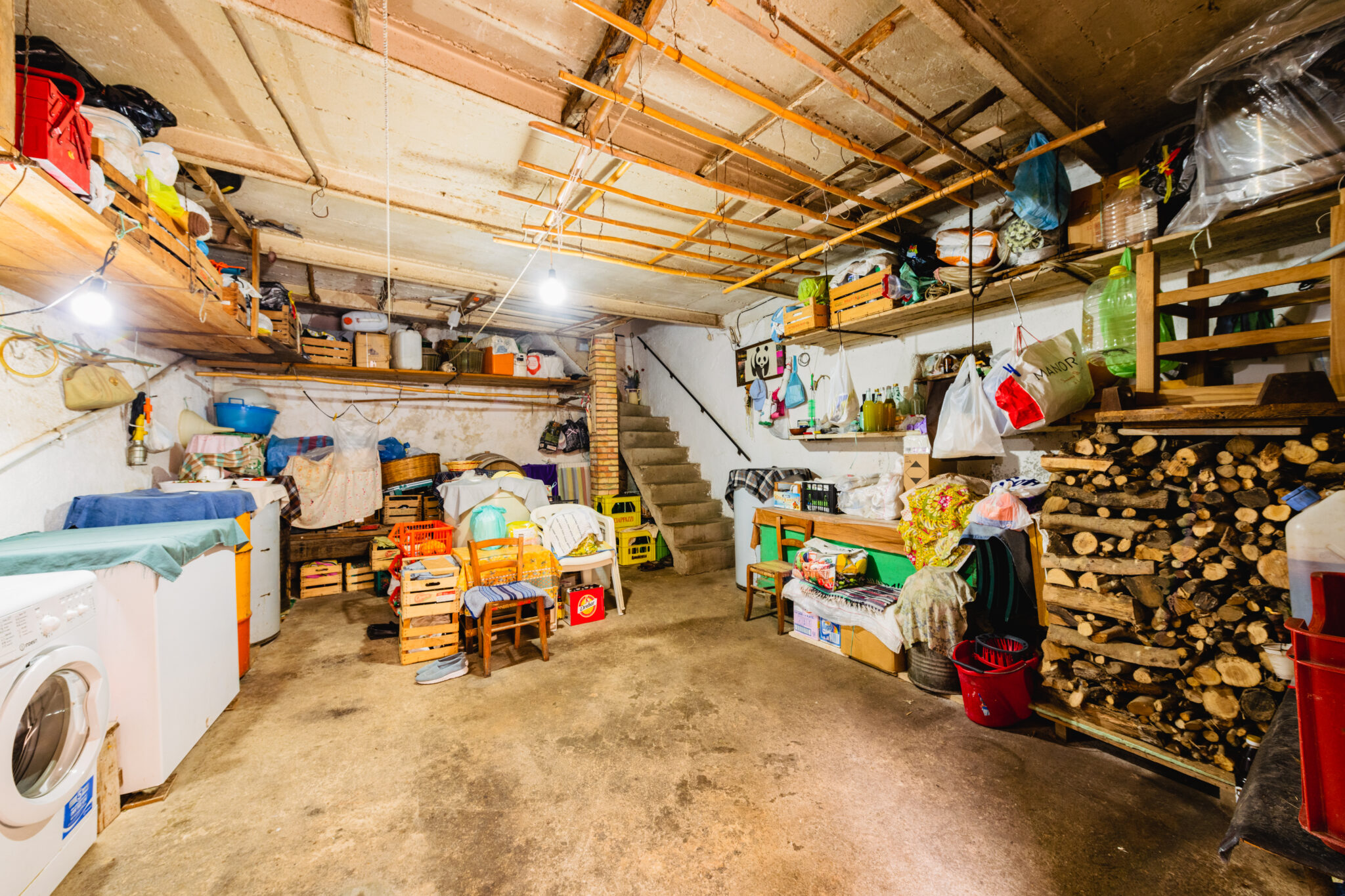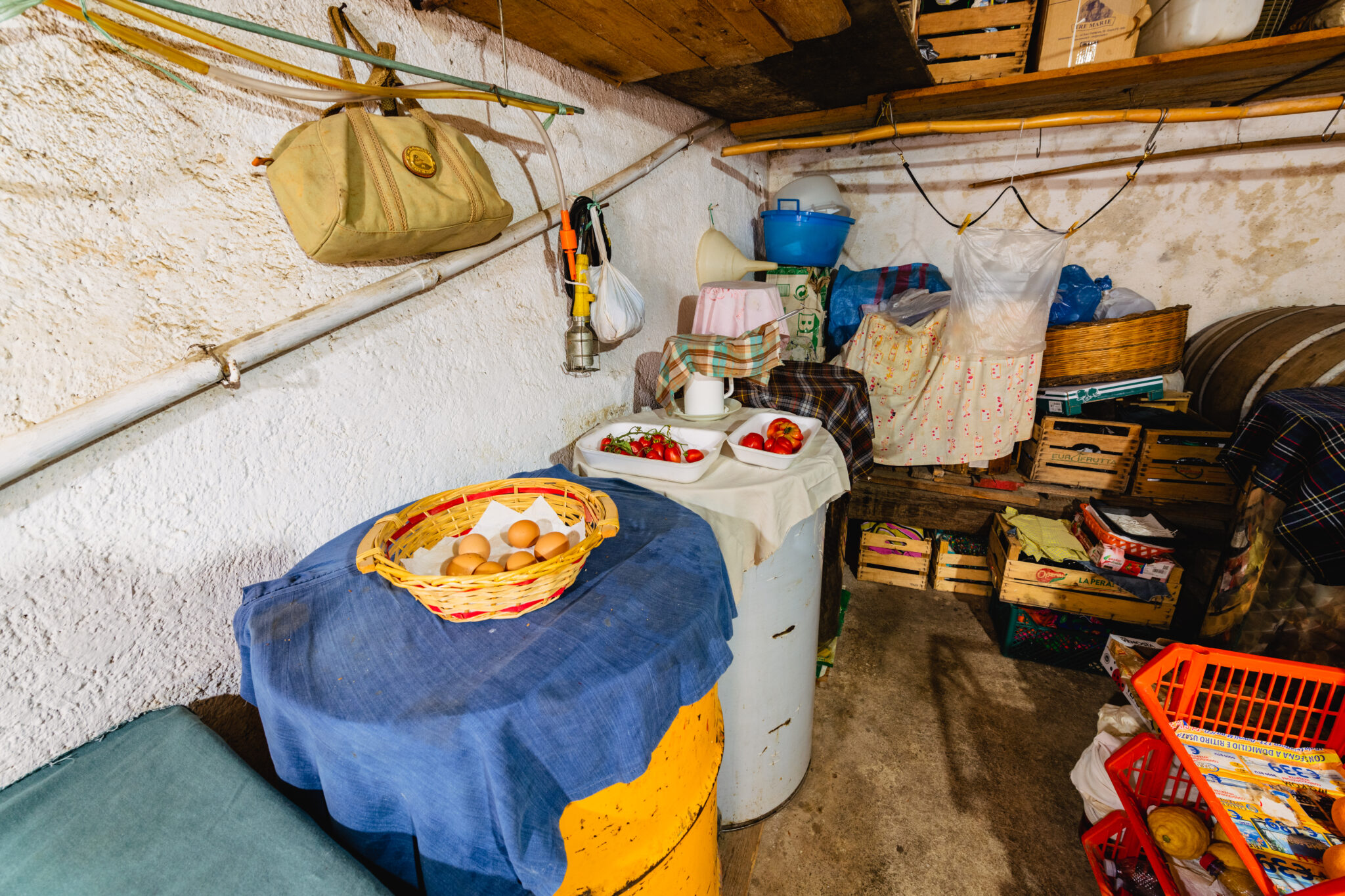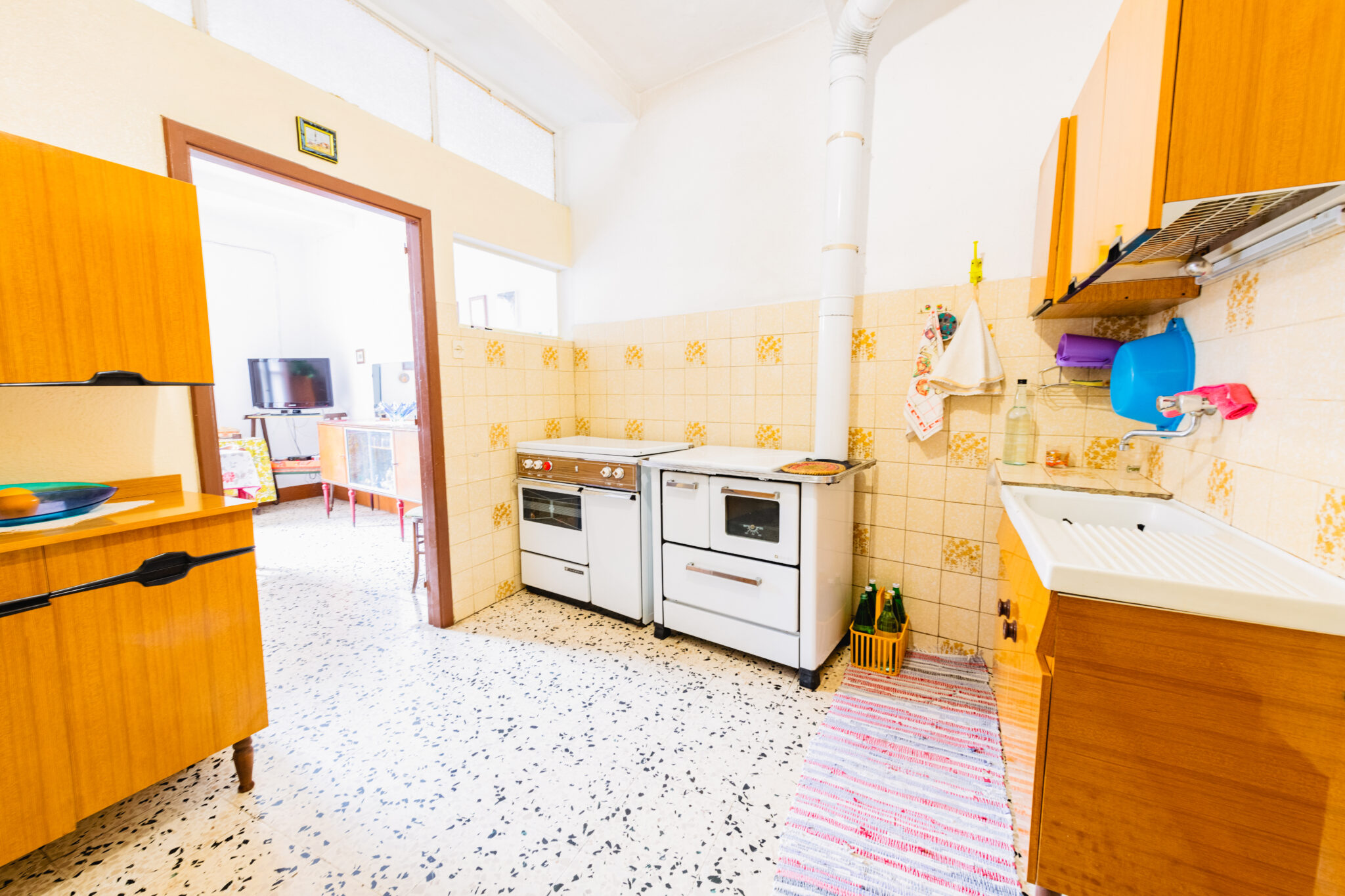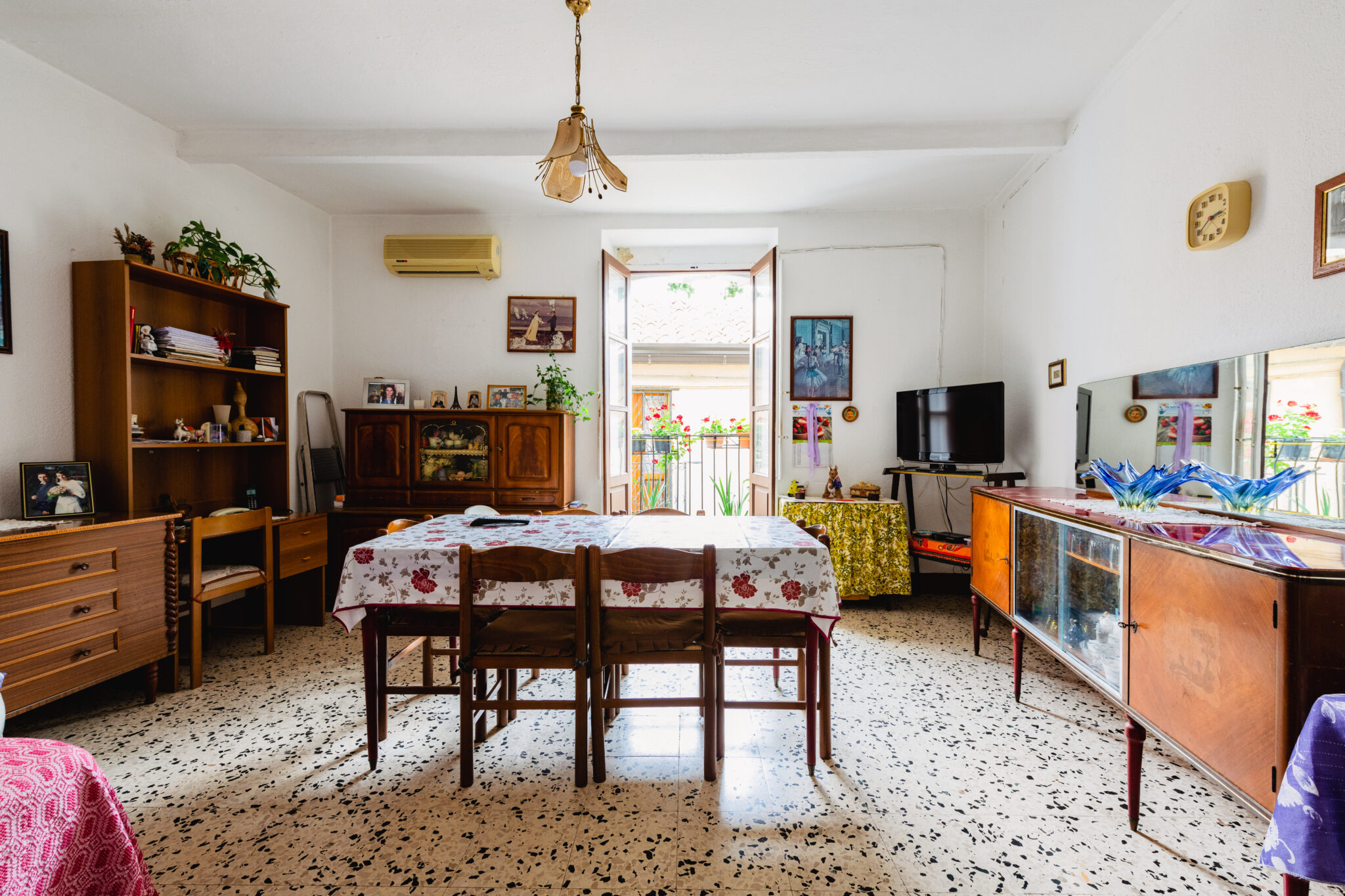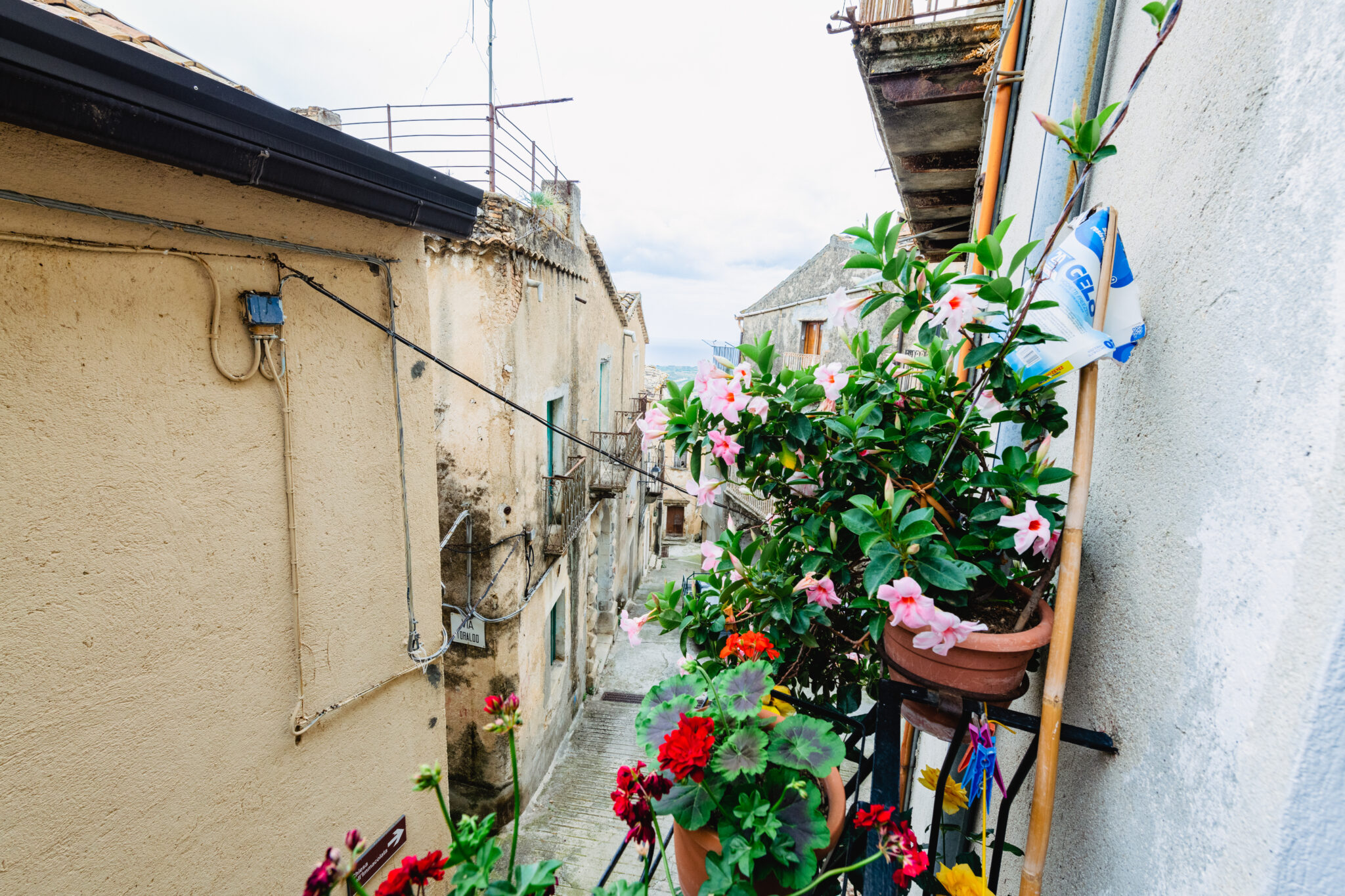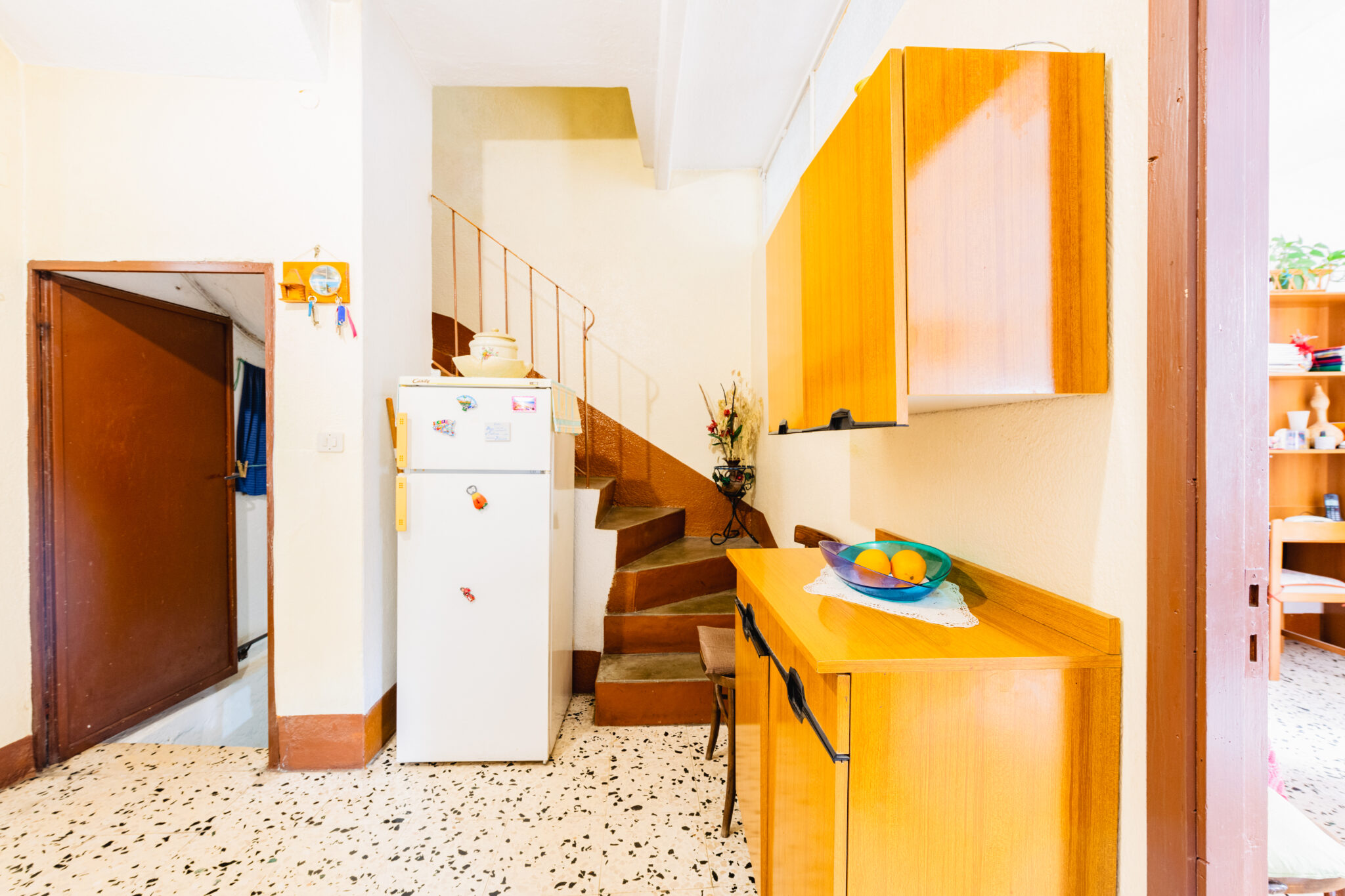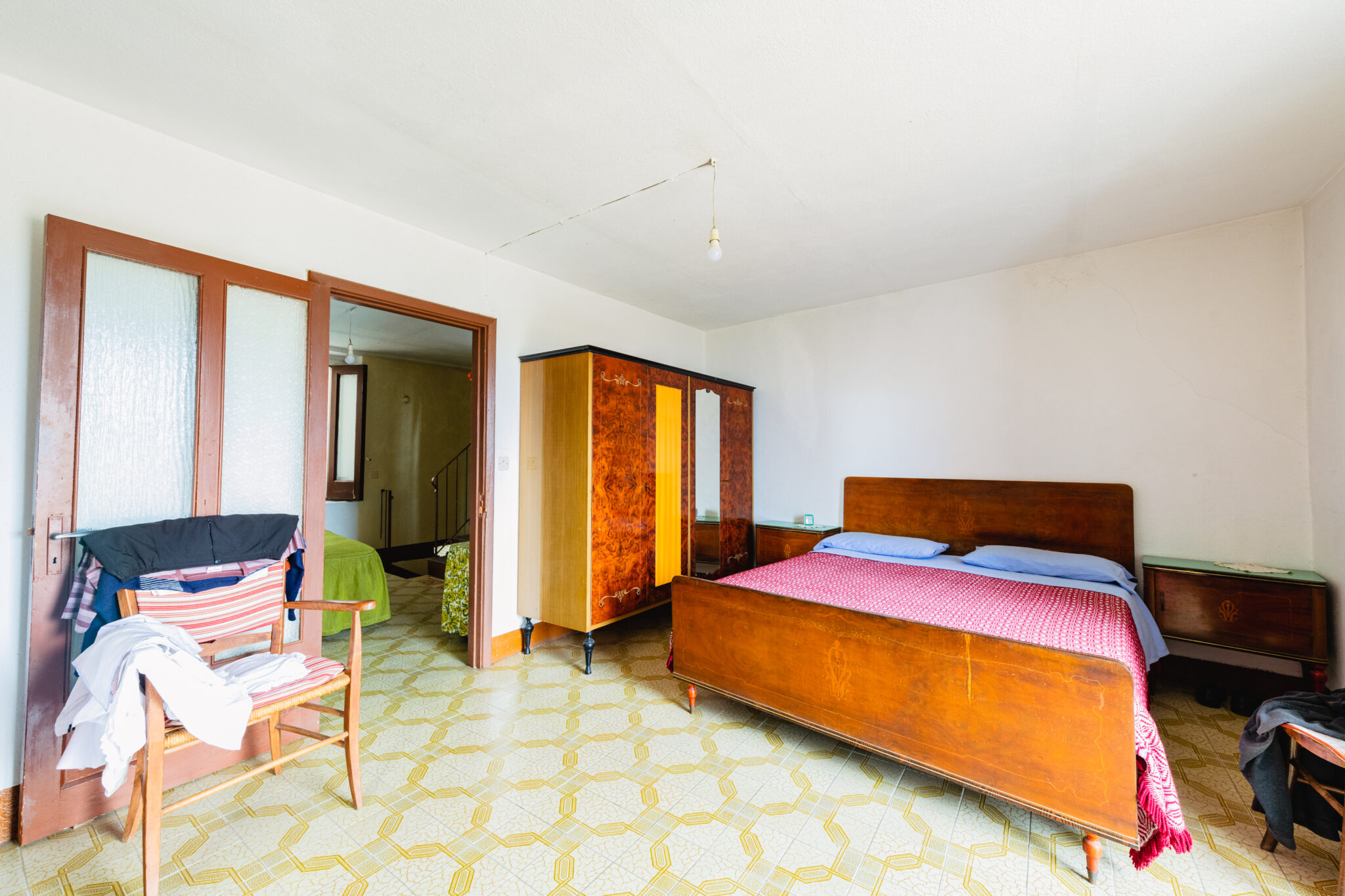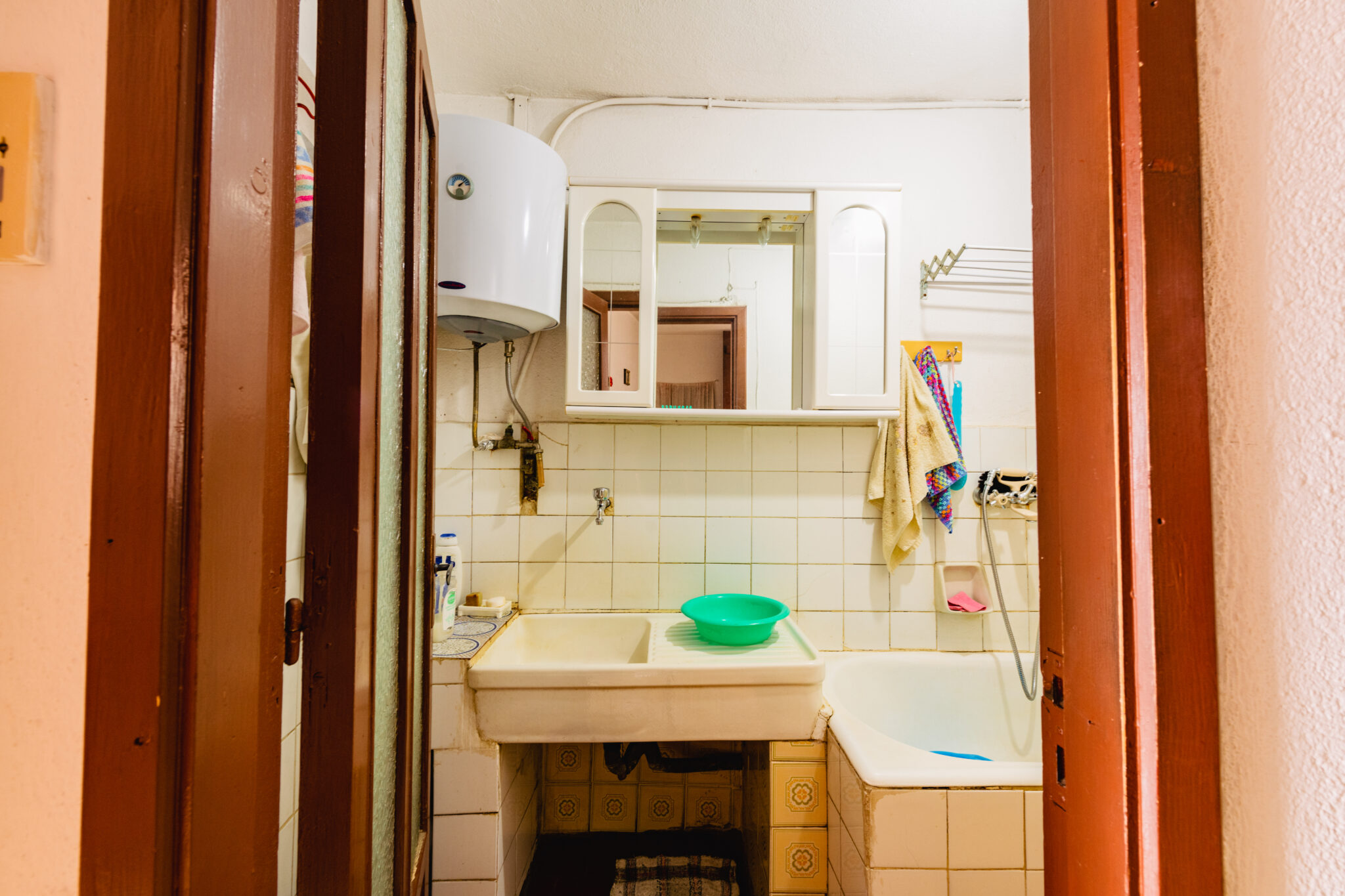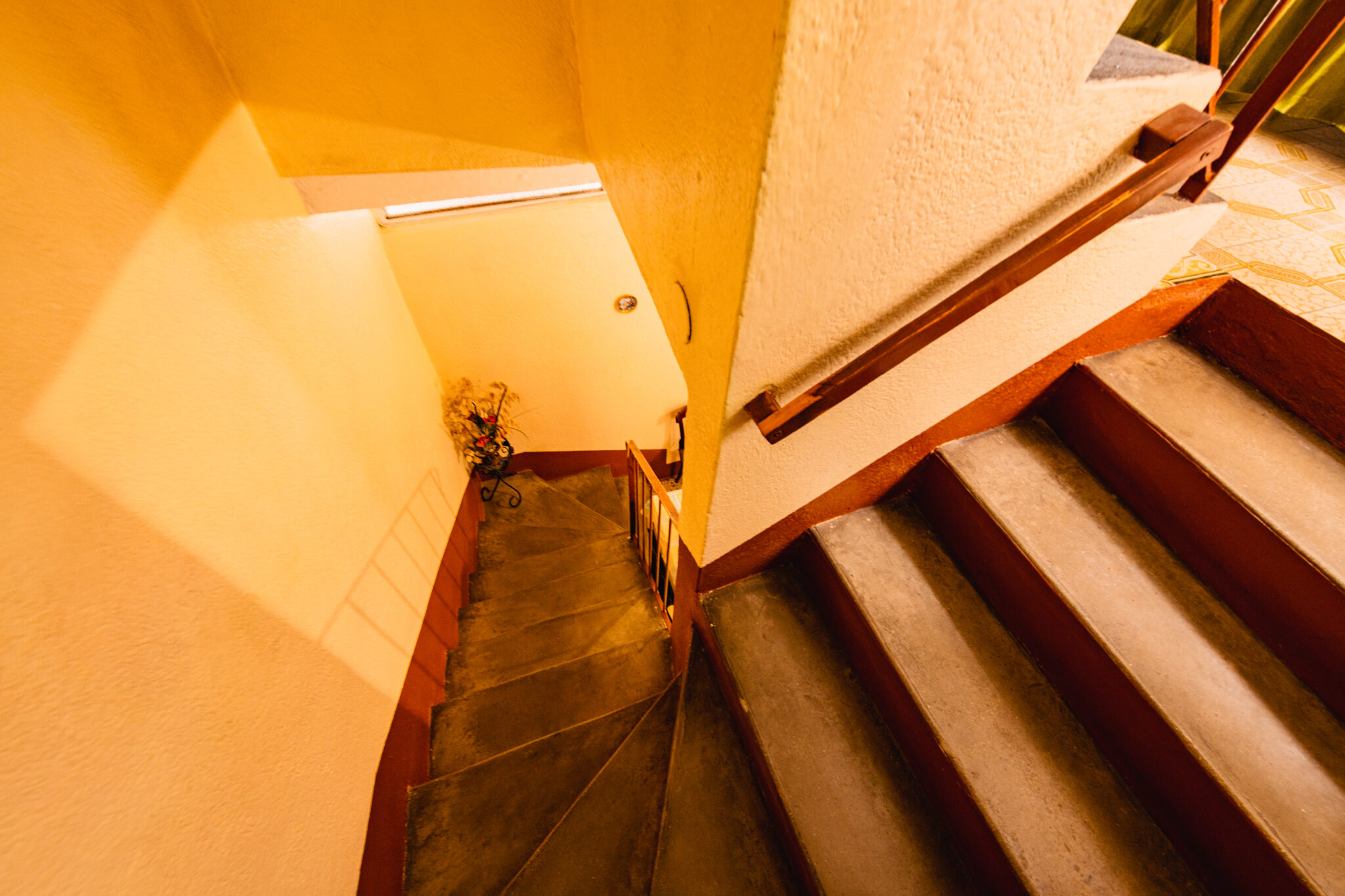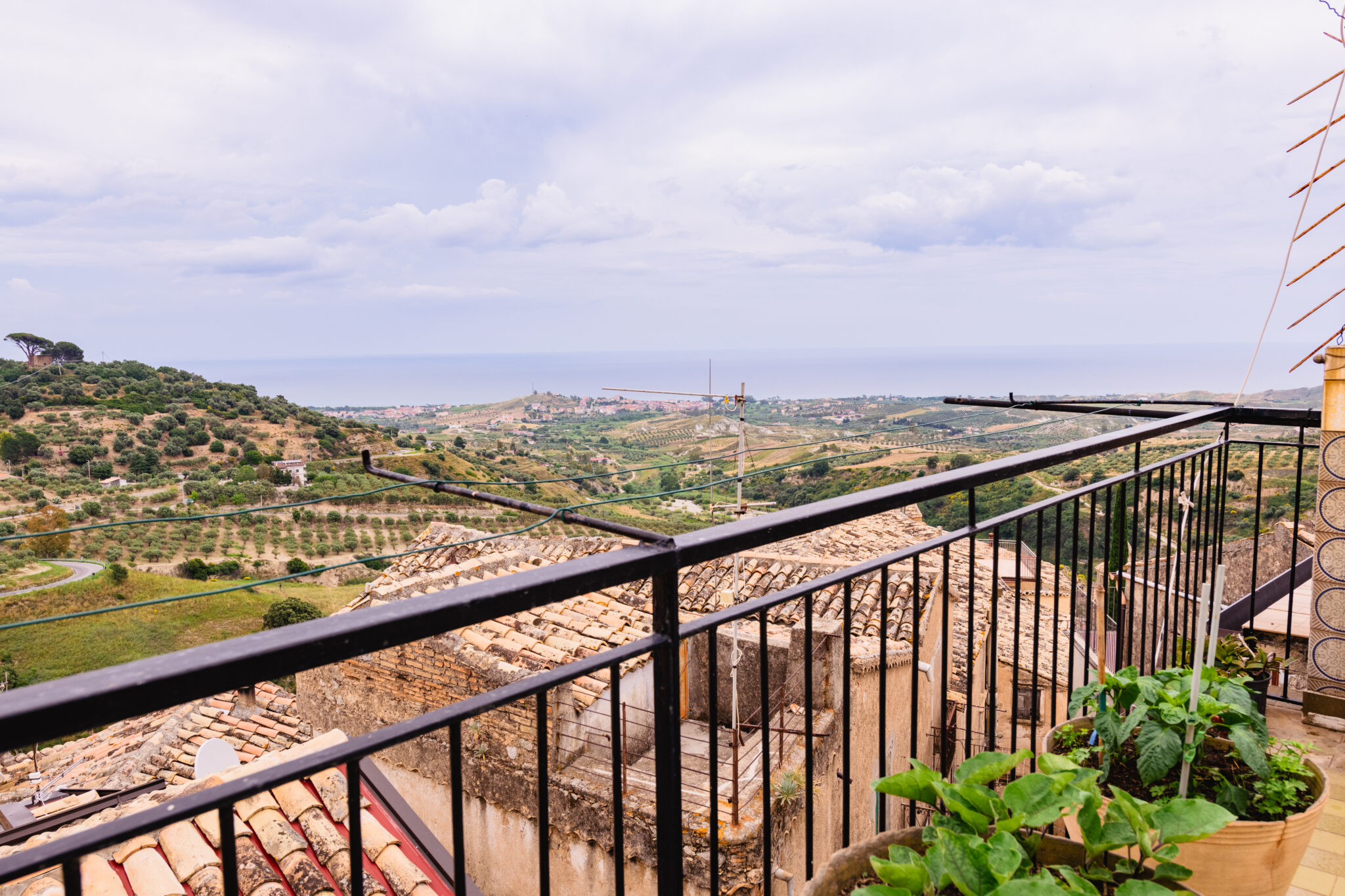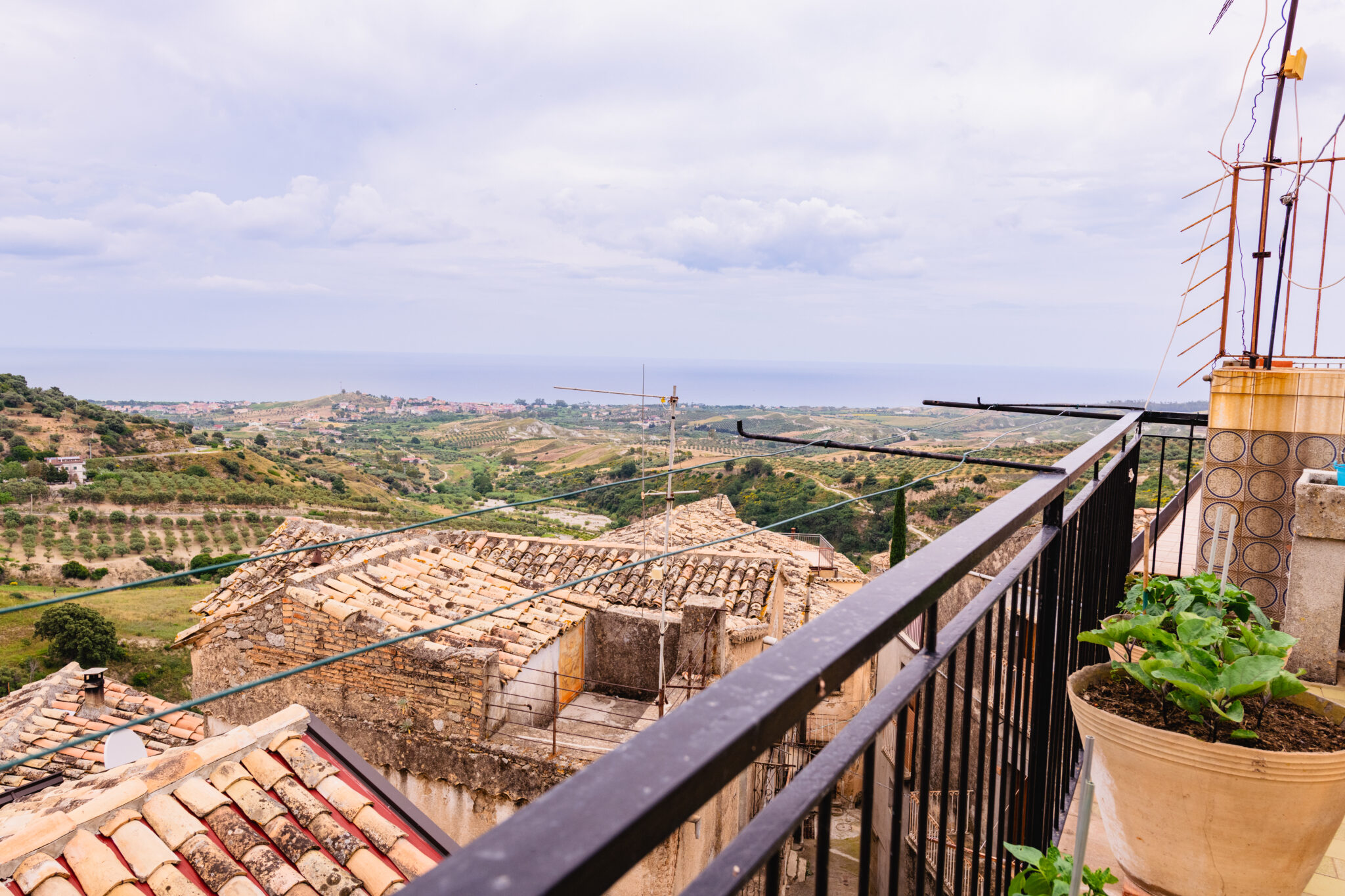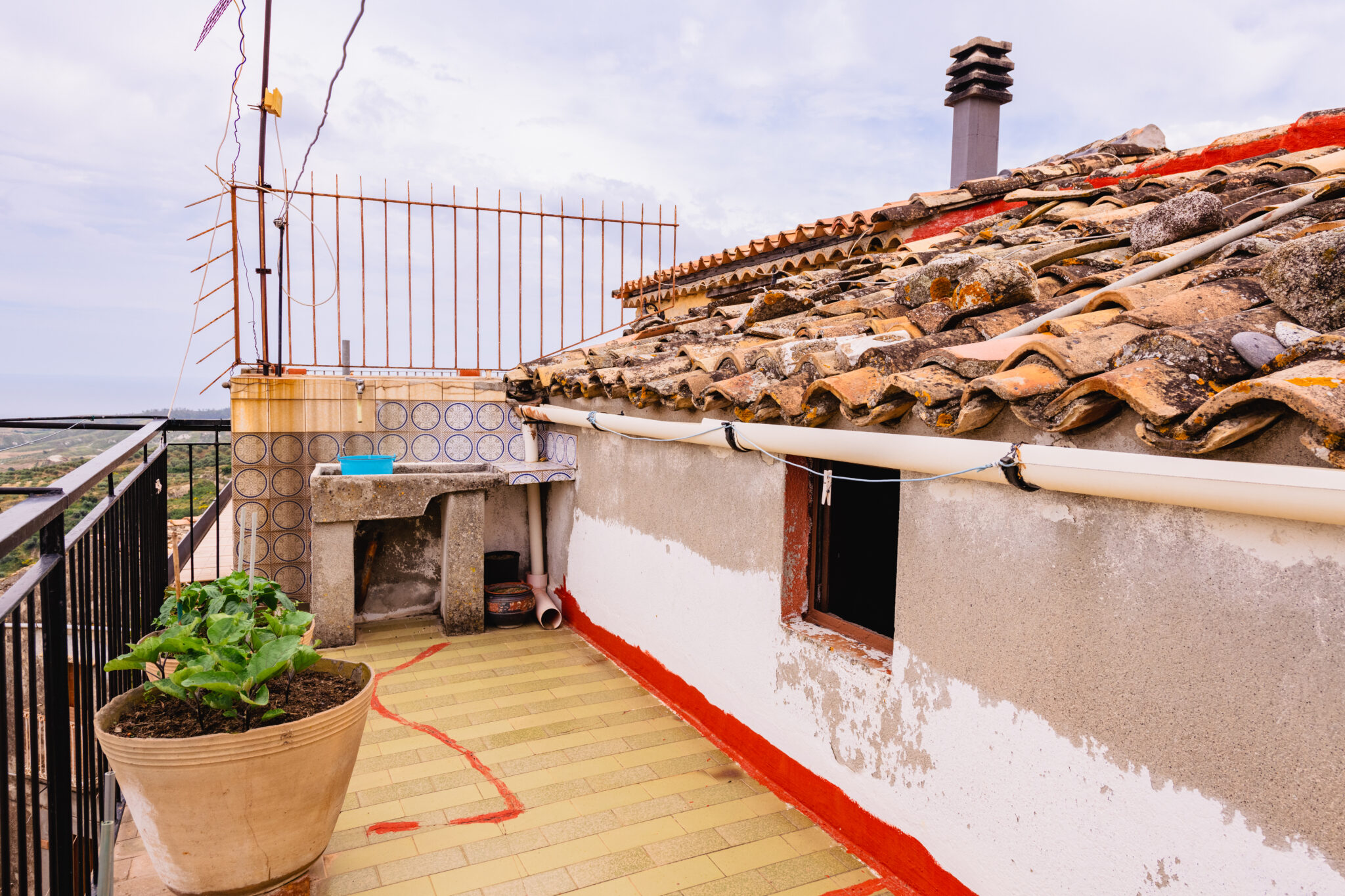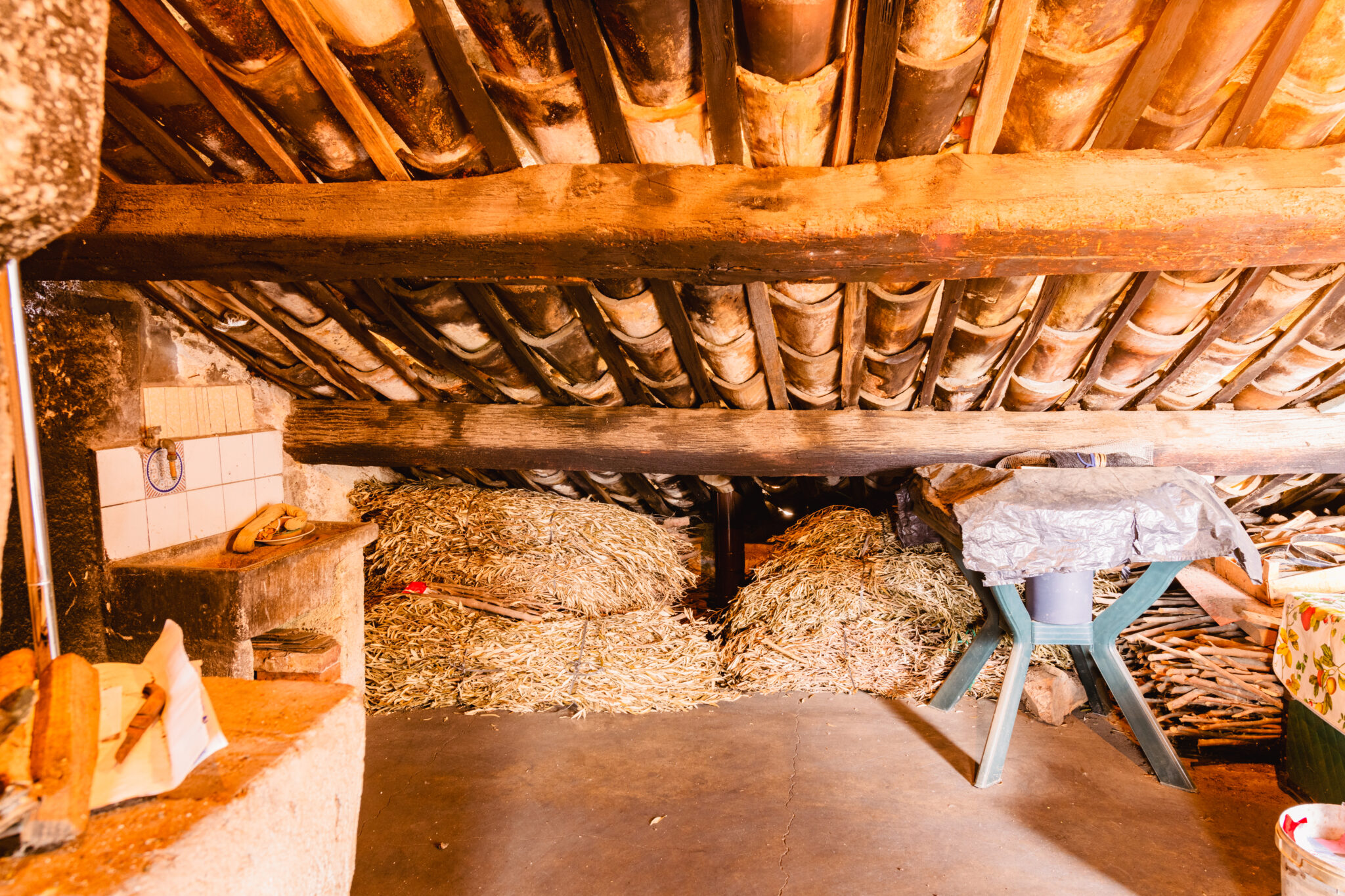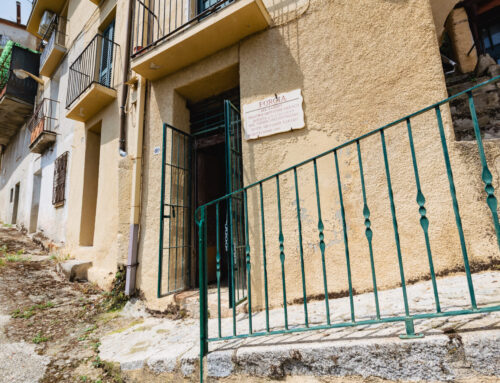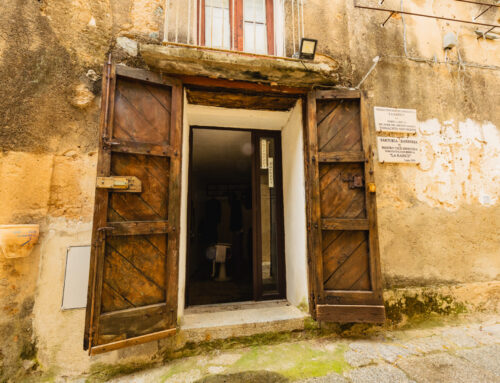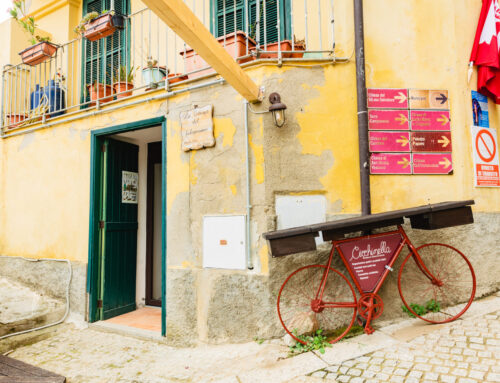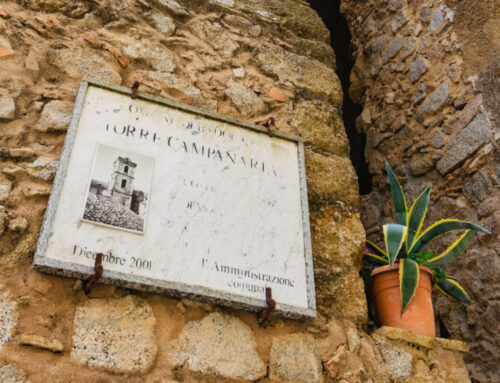Due to the hilly morphology of Badolato, the houses built in the relatively flat areas are almost exclusively located along the ridge. This is one of the reasons why these houses are mostly owned by wealthy families and the bourgeoisie. The peasants, who made up the majority of the population, built their houses on the slopes of the hill, both on the north and south sides, from west to east. Since the foundations of the houses had to rest on flat ground, the rocky terrain had to be excavated to create a small, necessary level surface. As a result, multi-storey buildings were built vertically, with streets and alleys intersecting the houses at different levels, albeit on inclined slopes. Many houses are therefore bordered by a street that passes in front of the ground floor, with its own entrance. The same or a different street runs higher up the first floor, leading to another entrance. Moreover, in the old village, there are not a few houses that are bordered by a third street even higher, with a third room and another entrance.
At the top was the attic (u salàru), which was accessed from the inside by a wooden staircase, just as you would go from the ground floor to the upper floors. For safety reasons, the stairway was closed with a hinged trapdoor and a handle (catarràttu).
The use of the different floors of the house naturally followed a logical and elementary pattern. The ground floor was the stable and/or storage for food (broad beans, chickpeas, wheat, etc.) and/or accommodation for the growing children. On the first floor, which was the main entrance to the house, there was the marriage room and the reception area for relatives and friends, a decently furnished room. Above this, on the attic floor, were the wood oven for baking bread, the hearth for preparing meals and various objects. And the toilet? There was only one toilet, of course, and since the village was connected to the sewerage system in the early decades of the 20th century, it was located in a cramped corner on the balcony or behind a door, hidden by a curtain-like curtain.


